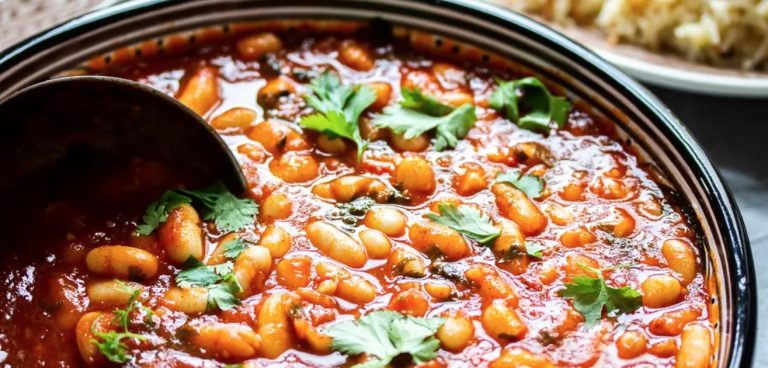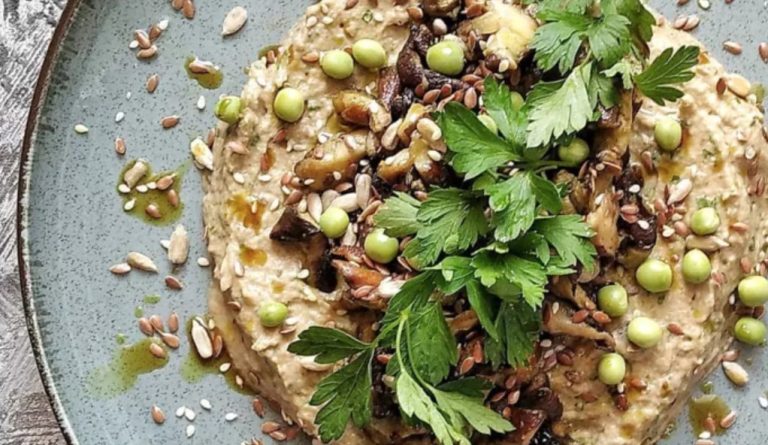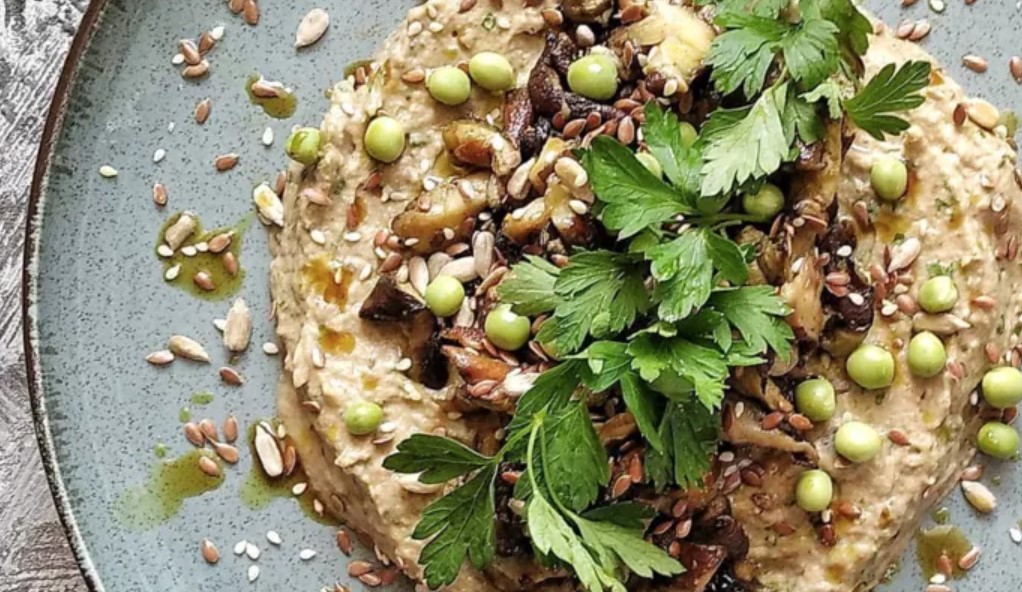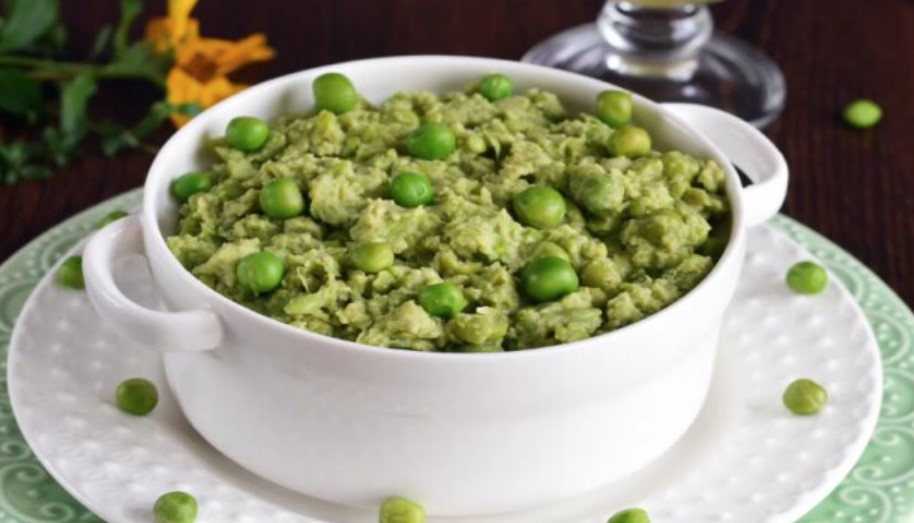A warming turmeric tea is the ideal companion for the winter months. Here you can find out how to prepare the strengthening tea and what effect it has.
Turmeric has been considered a superfood for many centuries. The turmeric root originally comes from Southeast Asia. Its resemblance to the ginger root is due to the fact that it also belongs to the ginger family. Chinese and Indian medicinal medicine have been using the root for many centuries – including in the form of turmeric tea. Turmeric is also popular as a kitchen spice in Far Eastern cuisine. The coloring agent curcumin is responsible for the yellow color of “Indian saffron”.
How does turmeric tea work?

“Spice of life” or “magic tuber”: That’s what many call the yellow dye curcumin, which gives turmeric tea its characteristic yellow and is said to help with various ailments. Although the current study situation is not very advanced, some positive effects of curcumin have already been demonstrated:
BR-Wissen speaks of an anti-inflammatory effect that may prevent or reduce cell damage. In this context, the allergist Peter Schnabel mentions above all the potential to alleviate gastrointestinal complaints.
According to BR-Wissen, in animal experiments, turmeric was also able to slow down the rate of division of cancer cells or ensure that they died.
Furthermore, the federal government also mentions in its report on the healing effects of turmeric that curcumin can lower cholesterol levels.
As the federal government continues to write, Alzheimer’s can also be slowed down by the use of turmeric. Since turmeric halts the loss of mitochondrial function, the onset of dementia could progress more slowly.
The Freiburg University Hospital reports an overall positive effect that regular consumption of turmeric products such as turmeric tea would have. For example, in India, where a lot of turmeric is used in cooking, there are fewer cardiovascular diseases or cancers. The mortality rate is also lower compared to western industrialized nations.
Ayurvedic medicine also uses turmeric to treat liver problems. Since turmeric is said to promote the formation of bile, this facilitates fat digestion.
Turmeric tea in particular can also have an expectorant effect and provide relief for respiratory diseases. In addition, the tea warms the body from the inside in winter.
Important: The previous studies are cell or animal studies that can only be transferred to humans to a limited extent. So more clinical studies are needed to better assess the effects of turmeric in general and turmeric tea in particular.
Turmeric tea: How to prepare the strengthening tea
For example, you can take turmeric tea in the morning and at noon. If you have a sensitive stomach, you should not drink the tea just before bed because of its pungent aroma. To prepare a strengthening turmeric tea, you need the following ingredients:
a piece of turmeric (one to two centimeters) or a teaspoon of turmeric powder
a pinch of pepper
250 milliliters of water
if desired: ginger, cinnamon or organic lemon to refine
When preparing turmeric tea, you should do the following:
Boil the water in a saucepan or kettle.
Pour over the powder or root and let the mixture steep for 5 to 10 minutes.
Strain the tea through a sieve.
Infuse your turmeric tea with ginger, cinnamon, or lemon if desired.
Tip: Your body absorbs the water-soluble curcumin best in combination with fat. It is therefore recommended to drink the turmeric tea with or after a high-fat meal or to take it together with a spoonful of fatty plant milk, butter, coconut oil or similar. Alternatively, you can enrich your turmeric tea with warm milk and honey. Milk fat is said to improve the absorption of turmeric. Turmeric and honey mixed together is also known as Golden Honey.
A substance called piperine also helps to increase the biological availability of curcumin. This is contained in abundance in black pepper. A pinch of it can therefore increase the effect. Together with ginger, turmeric is said to have a stronger effect on digestive problems due to the gingerols. You benefit from this, for example, if you mix ginger tea with turmeric. Cinnamon, in turn, is said to regulate blood sugar levels and thereby boost fat burning.
How common is turmeric tea healthy?

You should not drink more than four cups of turmeric tea throughout the day. As the Freiburg University Hospital explains, the WHO recommends around three grams of turmeric powder a day. The Federal Institute for Risk Assessment also advises not to permanently exceed the recommended daily intake.
Caution: Some groups of people should only drink a little turmeric tea. Pregnant women, nursing mothers or children can react sensitively to the substances. Because the slightly hot note of turmeric can irritate the gastric mucosa in higher quantities and thus promote cramps, diarrhea or nausea.
You should also note that the active ingredient curcumin causes interactions with certain drugs. Since curcumin interacts with certain enzymes in the liver and these are also responsible for breaking down medicines, there can be an increased or reduced concentration in the blood. Interactions have so far been observed, for example, in connection with anti-cancer drugs. If you take medication regularly, it is better to seek medical advice before drinking turmeric tea regularly.



























